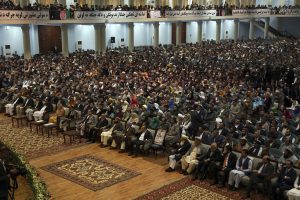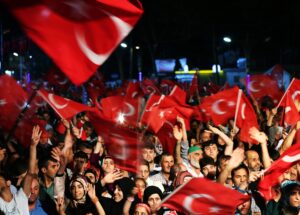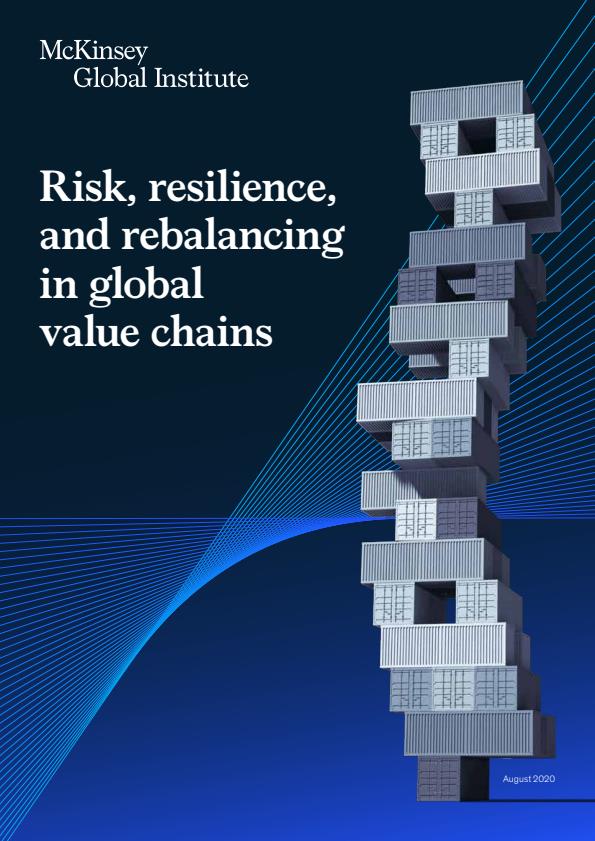DR. JIANLI YANG
China seems to have put into action one of the dictums propounded by Sun Tzu in The Art of War, viz. "Appear weak when you are strong, and strong when you are weak."
China's weakness came to the fore when it failed to effectively handle the outbreak of COVID-19 in its initial stages and was caught on the back foot with the U.S., Australia and other countries blaming it and seeking an investigation.
So, what did China do? Rather than adopting a remorseful demeanor, China portrayed itself as "strong" by displaying an aggressive attitude. Not only did the Chinese diplomats turn into "wolf warriors," taking on all those who questioned Beijing, but the Chinese Communist Party (CCP) regime also came down harsh on Hong Kong, displayed belligerence in the Taiwan Strait, South China Sea and East China Sea, and engaged in land border clashes with India.
But China seems to have gone too far in this faux display of strength—so much so that it has now created new adversaries for itself and is struggling to handle the backlash. Take the example of India and the recent Sino-India confrontation in the Galwan Valley.














